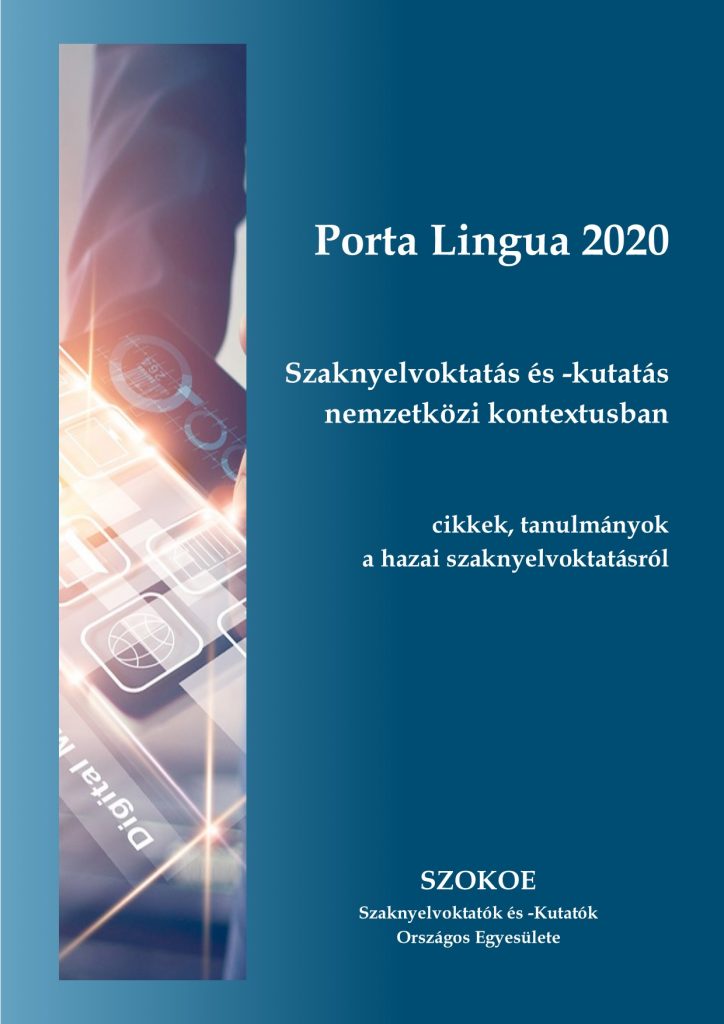Keresztes Csilla - Demeter Éva - Skadra Margit
Deep water, not only for swimmers. Learning Hungarian as a foreign language via language immersion technique
In: Bocz, Zs. – Besznyák, R. (eds) (2020): Porta Lingua 2020. Szaknyelvoktatás és -kutatás nemzetközi kontextusban. Cikkek, tanulmányok a hazai szaknyelvoktatásról. SZOKOE: Budapest. 279-292
DOI: https://doi.org/10.48040/PL.2020.23
Absztrakt
Approximately 1000 students study in the English program at the Faculty of Medicine, University of Szeged. Acquiring Medical Hungarian is essential for them: they are required to take medical history from patients and give them instructions during physical examination at the clinics in Hungarian. Furthermore, this is the language mutually used by nurses and the administrative staff helping them. For several years, it has been a difficulty for clinicians that students in the English program are not able or do not wish to communicate with patients in Hungarian; therefore, bedside teaching has not been effective enough. To improve the situation, the Department for Medical Communication and Translation Studies started to conduct language field trips, during which foreign students interview the patients at the clinic in Hungarian under the guidance of their Hungarian teacher. Since 2019, each student should attend 6 language field trips per year. In addition to the field trips, on the recommendation of the Dean of the Faculty, a new pilot program has been launched: the language immersion program. Within the framework of this initiative, a small group of the third-year English program students attend the Introduction to Internal Medicine seminars with the Hungarian students. In the present paper, the results of the first semester pilot program are described with the challenges and expected benefits and difficulties.
Keywords: history taking, Hungarian as a foreign language, language immersion, medical communication, medical Hungarian


 Porta Lingua 2020
Porta Lingua 2020